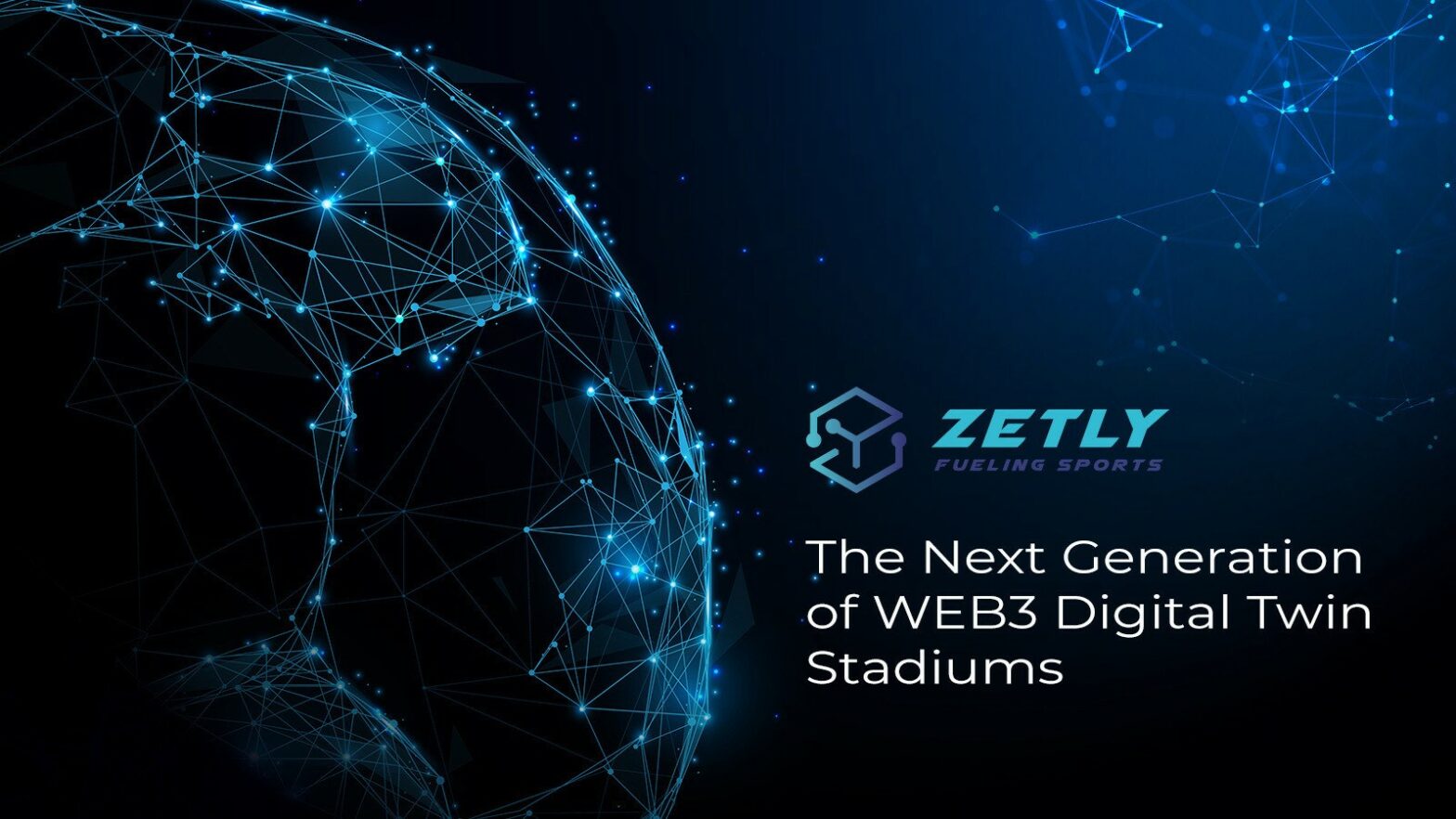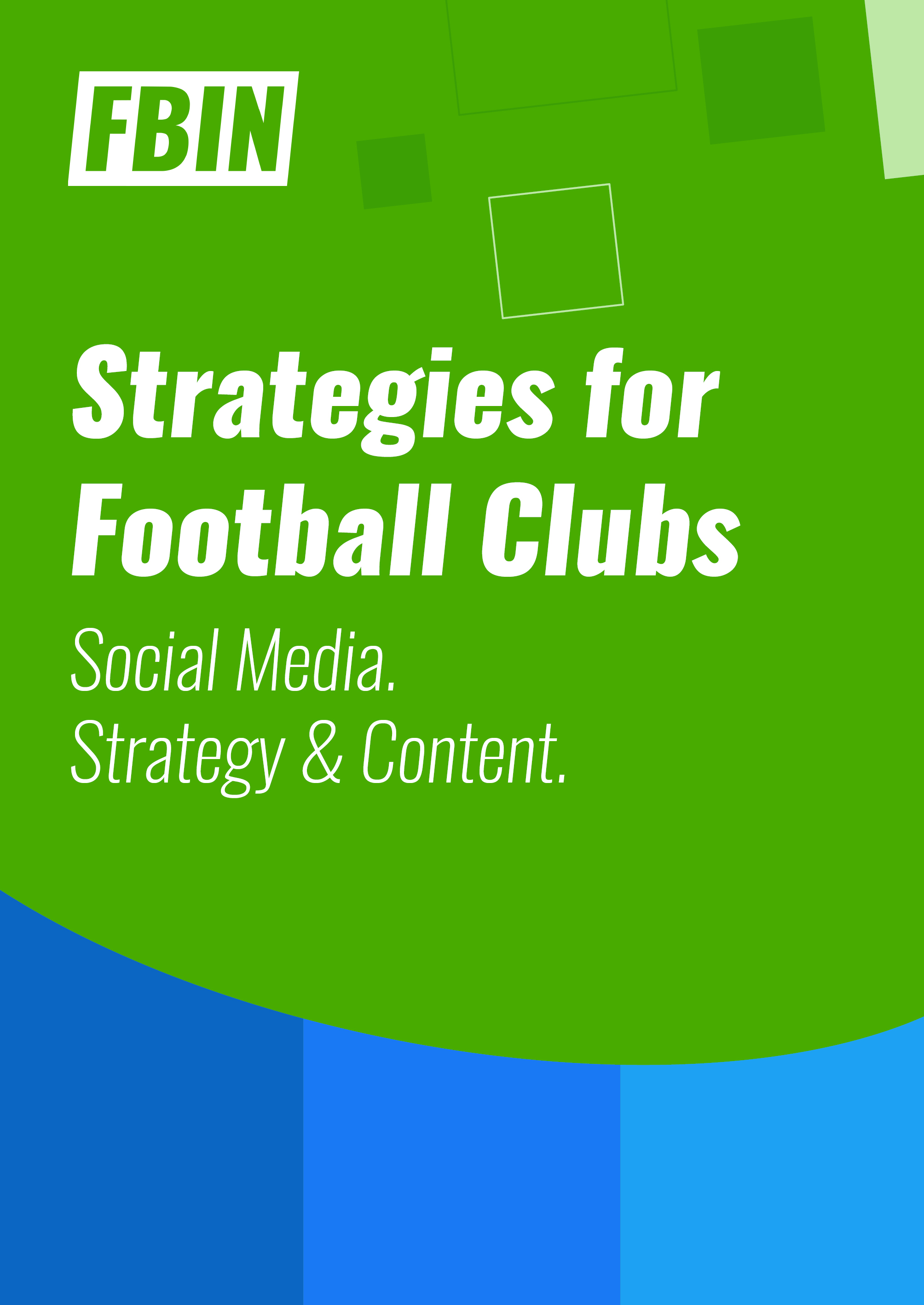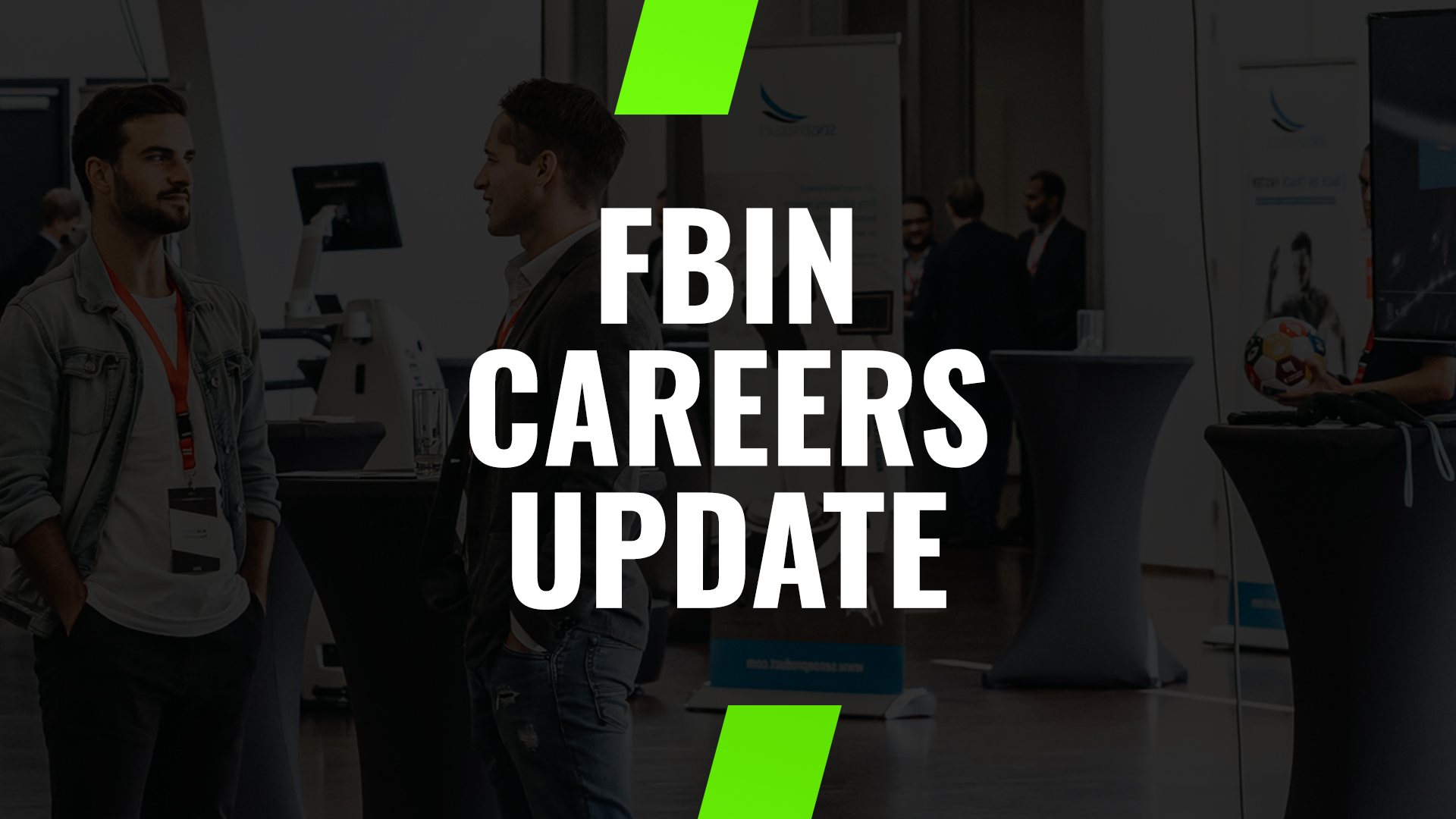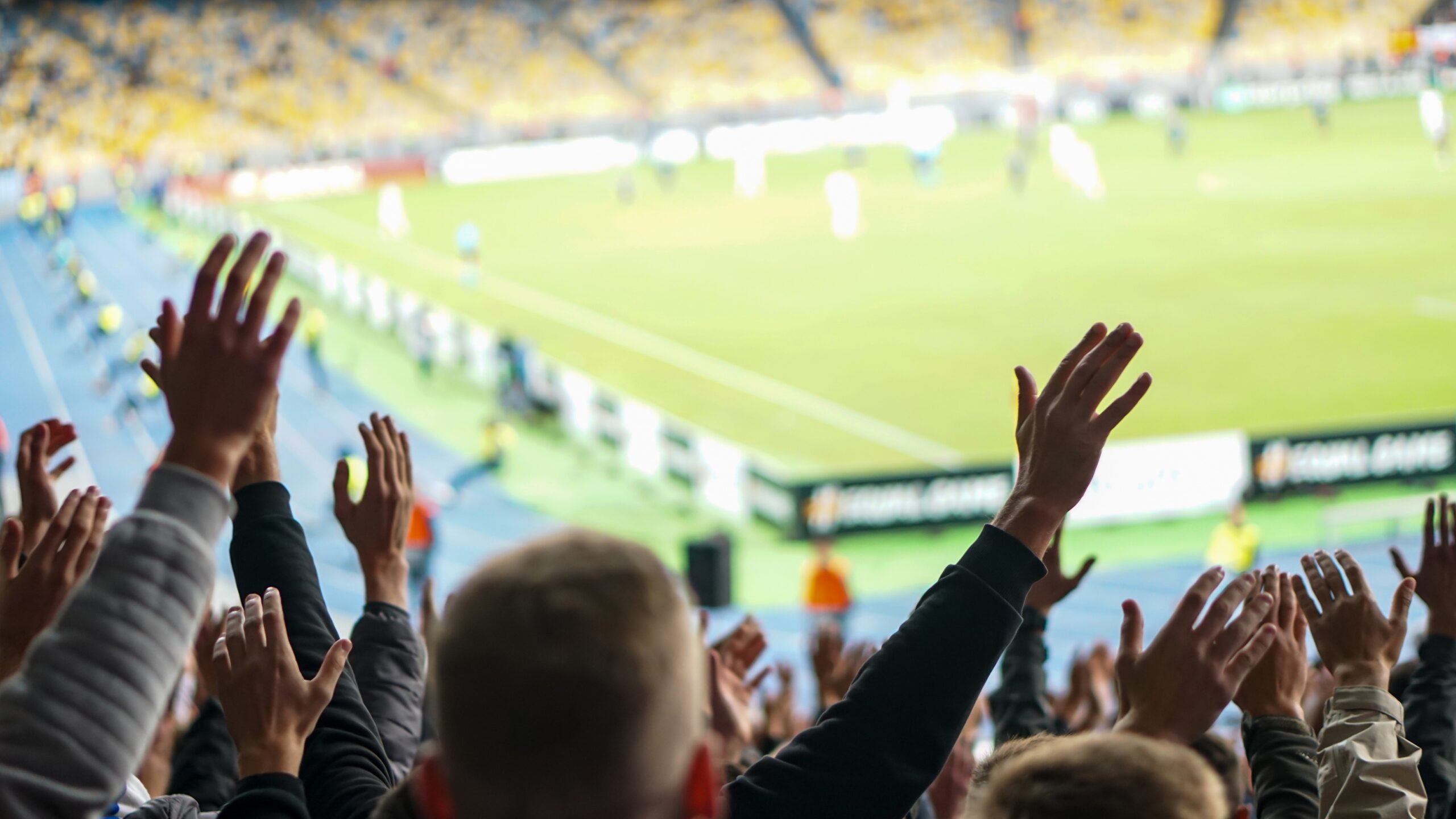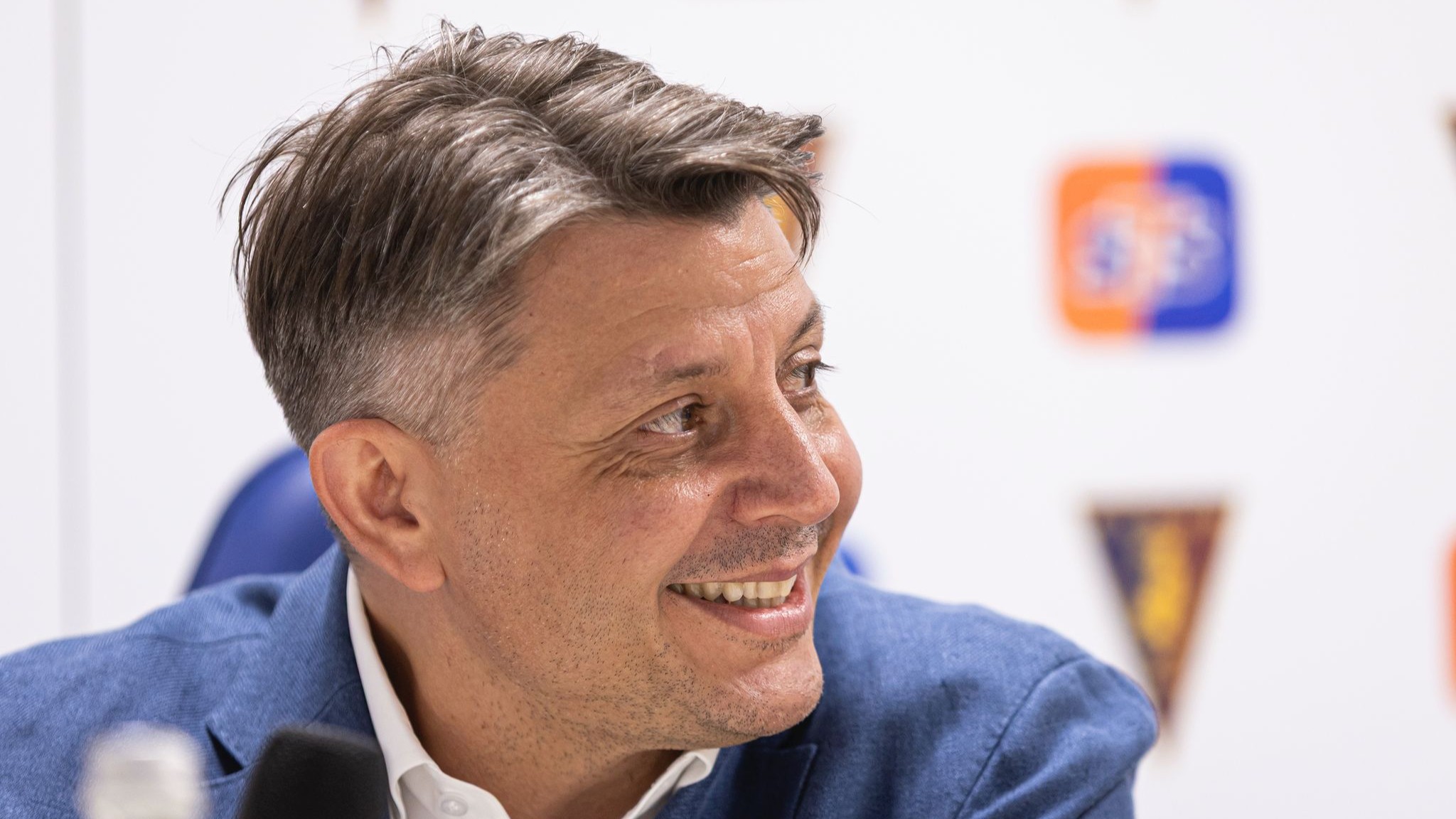By Michal Glijer
As the CEO of Zetly, an All in One Fan Engagement Platform which together with Robert Rice and Transmira Omniscape, a company that specializes in implementing this innovate technology, I am thrilled to share with you the next generation of #WEB3 Digital Twin Stadiums.
With this revolutionary technology, stadiums are no longer just a physical space for fans to gather and watch their favorite sports team play. They have become fully immersive and interactive experiences, accessible to anyone, anywhere in the world.
Digital Twin technology is the concept of creating a virtual, digital replica of a physical object or space. Our technology provides full photorealistic and 3D city-scale digital twins of any location, venue, or place, fully integrated and synchronized between mobile AR and desktop 3D/VR. In the case of stadiums, this means that every aspect of the venue can be replicated digitally, from the seats to the scoreboard, and even the field itself. By creating a virtual version of the stadium, we can create an entirely new way for fans to engage with their favorite teams and players.
Imagine being able to access a Digital Twin Stadium from the comfort of your own home. You can choose your seat, watch the game from different angles, and even interact with other fans who are also watching the game in the virtual stadium. With the power of WEB3, and our patented technology we can make this a reality.
WEB3 technology enables the creation of decentralized applications that operate on blockchain networks. By leveraging this technology, we can create a secure and transparent environment where fans can purchase tickets, merchandise, and even make donations directly to their favorite teams. With WEB3, there is no need for intermediaries, such as ticket brokers or merchandise sellers, which means lower costs and greater transparency for everyone involved.
Another exciting aspect of Digital Twin Stadiums is the potential for new revenue streams. In addition to ticket sales and merchandise, stadiums can now offer virtual advertising and sponsorship opportunities. By incorporating digital ads into the virtual stadium, brands can reach a global audience without the need for physical signage. And with the ability to track engagement and clicks, advertisers can see a clear ROI on their investment.
Digital Twin Stadiums also have significant benefits for sports teams and institutions. By creating a virtual replica of the stadium, teams can use it for training and strategy sessions. Coaches can use the virtual environment to analyze past games and simulate different scenarios to prepare for future matches. And with the ability to track player movements and actions, teams can use the data to optimize player performance and prevent injuries.
Another key benefit is the ability to expand the fan base beyond the physical stadium. By providing fans with a fully immersive and interactive experience, clubs can reach fans who are unable to attend games in person. This can include fans from around the world, who can access the virtual stadium from anywhere with an internet connection. By expanding the fan base, clubs can grow their brand and generate new revenue streams.
Finally, our Digital Twin solution can also provide clubs with cost savings. By reducing the need for physical infrastructure and staff, clubs can lower their operating costs. This can include savings on ticketing, concessions, and merchandise, as well as staffing costs associated with managing a physical stadium.
In conclusion, in my opinion Digital Twin Stadiums represent a major step forward in the world of sports. They offer fans an entirely new way to engage with their favorite teams and players, while also providing teams and institutions with new revenue streams and training opportunities.
Simply together with whole Zetly and Transmira Team we are excited to see what the future holds for WEB3 Digital Twin Stadiums and how they will transform the world of sports.

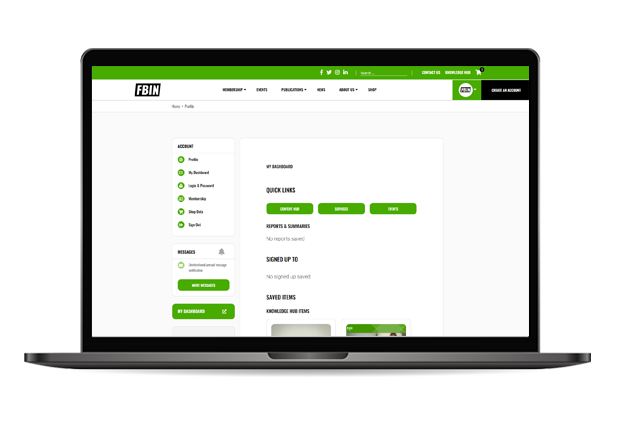
 Upgrade to Premium Now
Upgrade to Premium Now
